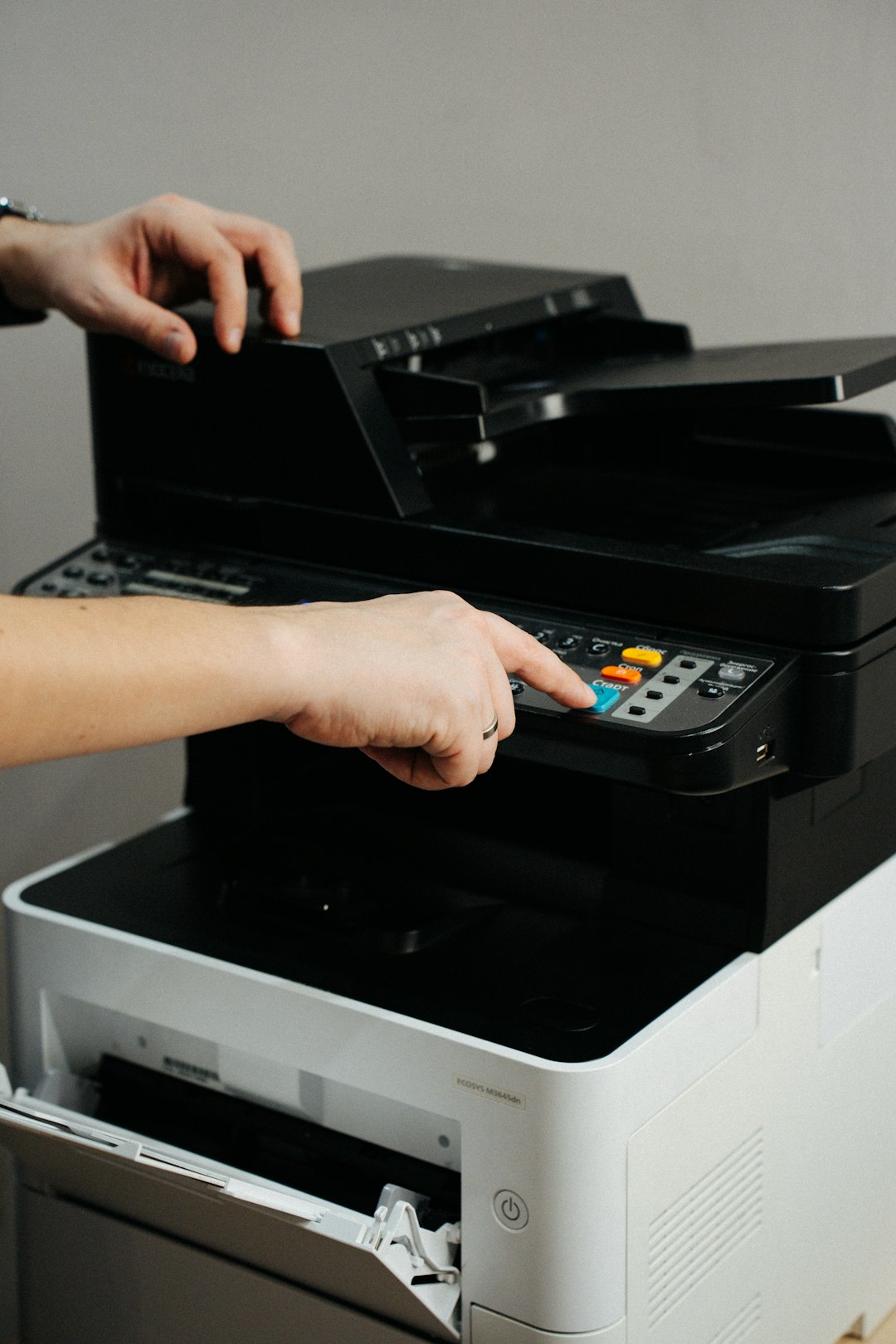Biomedical device testing is an important process in ensuring the safety and efficacy of medical devices. There are a number of regulatory agencies that oversee biomedical device testing, including the United States Food and Drug Administration (FDA) and the European Union’s (EU) Medical Devices Directive. In this article, we will discuss the importance of biomedical device testing and outline the regulatory agencies responsible for overseeing it.
Biomedical device testing is necessary in order to ensure the safety and effectiveness of medical devices. Before a device can be approved for clinical use, it must first pass through rigorous testing rounds to ensure that it meets the standards set by the appropriate regulatory agency. This includes tests that examine the safety and efficacy of the device, as well as any adverse effects that may occur when the device is used.
The FDA and the EU’s Medical Devices Directive are responsible for overseeing biomedical device testing in the United States and Europe, respectively. The FDA requires a manufacturer to submit pre-market approval applications for new medical devices, which must include a full set of test results demonstrating safety and efficacy. In Europe, the MDD requires that all devices receive a Certificate of Conformity from the relevant authority before being placed on the market.
Once a medical device has been tested and approved, it can enter into production and distribution. However, manufacturers must also remain vigilant in monitoring and testing their products to ensure that they meet safety standards and continue to perform as intended. Manufacturers must also ensure that the device is properly labeled and packaged in accordance with good manufacturing practices.
Additionally, manufacturers should be aware of potential recalls or other corrective actions that may be necessary to address safety issues discovered after a device has been placed on the market. In the event of an incident, it is important to document all steps taken to address the situation and ensure that corrective action is taken promptly.
Finally, manufacturers should consider the development of a product stewardship program to ensure the safe use of their products throughout their life cycles. This includes educating users about potential risks associated with using medical devices, providing product support services to address safety issues, creating a system for monitoring product performance, and identifying potential recalls or other corrective actions.
By implementing a comprehensive product stewardship program, manufacturers can ensure the safe use of their products throughout their life cycle and help reduce healthcare costs associated with device-related incidents.











